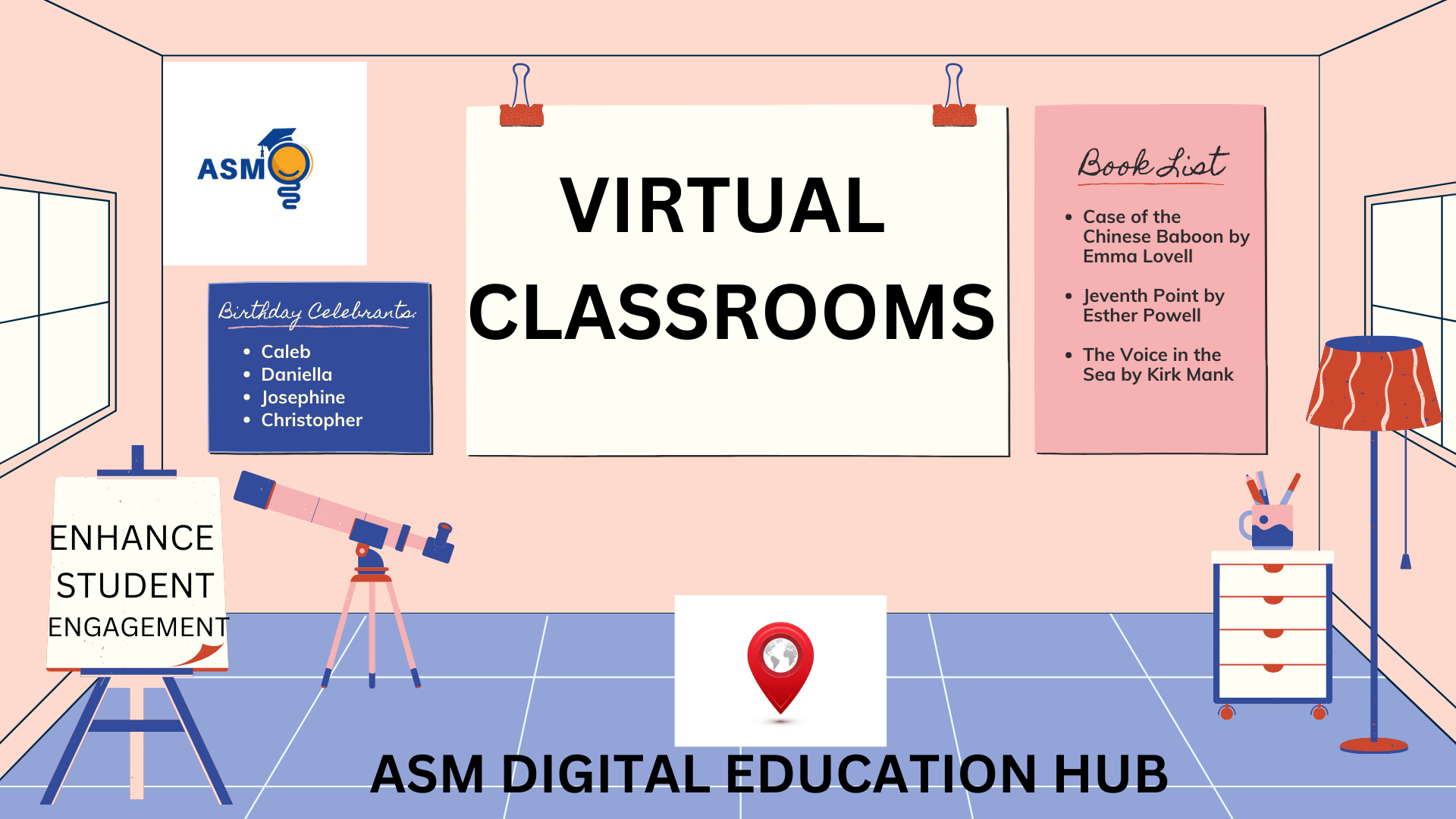Online Learning Interactive Virtual Platforms :
Online Learning Choose virtual learning platforms that support interactive features, such as breakout rooms, polls, and collaborative whiteboards.
Encourage students to actively participate through chat, reactions, and virtual hand-raising.
Online Learning Virtual Reality (VR) and Augmented Reality (AR):
Explore the use of VR and AR technologies to create immersive learning experiences.
Virtual field trips, simulations, and 3D models can enhance understanding and engagement in subjects like science, history, and geography.
Online Learning Virtual Guest Speakers and Experts (Online Learning):https://researchpublications.info/soft-skills-for-professors/
Online Learning: Student Engagement brings industry professionals or subject matter experts into the virtual classroom through video conferencing.
This provides students Engagement with real-world insights and perspectives, making the content more relevant and engaging.
Incorporate gamification elements, such as points, badges, and levels, to make learning more enjoyable.
Design educational games that challenge students and reinforce key concepts.
Implement artificial intelligence (AI) algorithms to personalize online learning paths based on individual student progress and preferences.
Adaptive learning systems can dynamically adjust content and assessments to meet the needs of each student.
Virtual Labs and Simulations:
For science and technical subjects, use virtual labs and simulations to provide hands-on experiences.
These tools allow students to explore concepts in a safe and controlled virtual environment.
Social Learning Platforms:
Integrate social learning elements, such as discussion forums, collaborative projects, and peer-to-peer mentoring.
Foster a sense of community by encouraging students to share ideas, collaborate on projects, and support each other.
Innovative Online Learning Methods
Online education has become an essential aspect of modern learning, offering flexibility and accessibility. To keep learners engaged and maximize their potential, educators are embracing innovative methods. Below are some cutting-edge approaches to online learning:
1. Gamification
Incorporating game design elements into learning platforms makes education fun and engaging. Features include:
- Leaderboards: Encourages competition and motivates learners.
- Badges and Achievements: Reward milestones to promote active participation.
- Simulations: Provide real-world scenarios for skill application.
Example: Kahoot and Duolingo use gamification to enhance learning retention.
2. Microlearning
This involves delivering content in short, focused modules, ideal for learners with limited attention spans.
- Video Tutorials: Bite-sized lessons of 5–10 minutes.
- Infographics: Visual representation of concepts.
- Quizzes: Quick assessments to reinforce understanding.
Benefits: Flexibility to learn at one’s own pace while ensuring better retention.
3. Virtual Reality (VR) and Augmented Reality (AR)
Immersive technologies make learning experiential and interactive.
- VR: Enables learners to explore virtual environments (e.g., historical landmarks or laboratories).
- AR: Enhances real-world learning with overlays, such as 3D models in biology or architecture.
Applications: Used in medical training, engineering, and arts education.
4. Flipped Classroom Approach
Learners access lecture materials online and use live sessions for discussions, problem-solving, or group activities.
- Pre-Class: Videos and readings provided online.
- In-Class: Focus on interactive engagement.
Advantages: Fosters critical thinking and deeper understanding of the material.
5. Social Learning Platforms
Interactive platforms where learners collaborate and share ideas.
- Discussion Boards: Encourage peer-to-peer learning.
- Group Projects: Promote teamwork and practical application.
- Mentorship Programs: Pair students with experienced professionals.
Popular Tools: Slack, Padlet, and Microsoft Teams.
6. Adaptive Learning Technology
AI-powered platforms tailor learning content to individual needs and performance.
- Personalized Content Delivery: Adjusts difficulty levels based on progress.
- Real-Time Feedback: Helps learners understand mistakes and improve instantly.
Example: Tools like Smart Sparrow and Knewton offer customized learning paths.
7. MOOC (Massive Open Online Courses)
Free or affordable courses offered by top institutions worldwide.
- Self-Paced Learning: Flexibility to complete at one’s convenience.
- Certification Options: Add value to resumes.
- Collaborative Features: Forums and assignments for interaction.
Popular Platforms: Coursera, edX, and Udemy.
8. Podcasts and Webinars
Audio-visual formats that enhance accessibility and cater to diverse learning preferences.
- Podcasts: Offer audio learning for on-the-go students.
- Webinars: Facilitate live interaction with experts.
Best Practices: Record sessions for later access and include Q&A segments.
9. Project-Based Learning (PBL)
Students work on real-world problems, fostering creativity and critical thinking.
- Live Demonstrations: Showcase projects online.
- Collaborative Tools: Google Workspace and Trello for team management.
10. Hybrid Learning Models
Combining online and offline experiences ensures comprehensive education.
- Synchronous Sessions: Real-time classes.
- Asynchronous Learning: Independent study with recorded content.
Example: Universities adopting blended learning for practical courses.
Remember, the key is to combine these strategies thoughtfully and align them with the learning objectives of your virtual classroom. Flexibility, adaptability, and a focus on student-centric approaches will contribute to a more engaging and effective virtual learning environment. Regularly gather feedback from students to assess the effectiveness of these strategies and make adjustments as needed.


